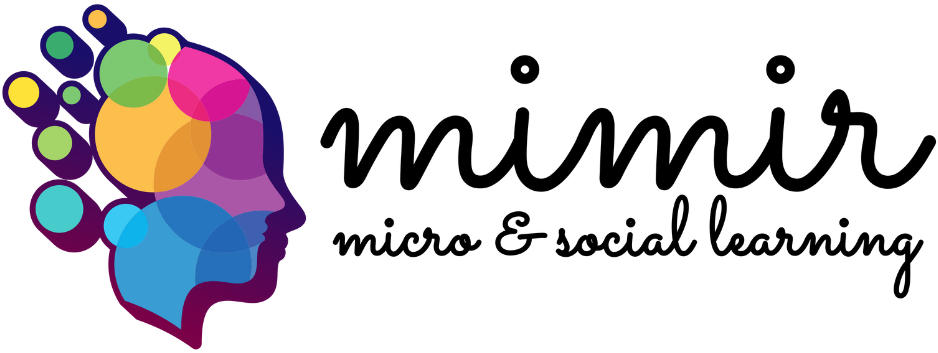Comprehensive Guide to Geological Exploration: Surveys, Mapping, and Analysis

Understanding Geophysical and Geochemical Surveys in Geological Exploration
Geological exploration, a fascinating journey into the Earth’s history and composition, relies heavily on geophysical and geochemical surveys to unlock the secrets hidden beneath the surface. These surveys offer invaluable insights into the structure, composition, and potential resources of the Earth, aiding geologists and researchers in making informed decisions.
Geophysical surveys involve the study of the Earth’s physical properties through techniques like seismic imaging, gravity measurements, and magnetic surveys. By analyzing how energy waves propagate through the Earth, geophysicists can map subsurface structures, detect mineral deposits, or even predict natural hazards.
On the other hand, geochemical surveys focus on analyzing the chemical composition of rocks, soils, and water to understand the geological processes at work. This helps in identifying anomalies that may indicate the presence of valuable minerals or hydrocarbons, providing vital data for mining and exploration companies.
By combining geophysical and geochemical data, geoscientists can create comprehensive models of the subsurface environment, enabling accurate mineral exploration, environmental planning, and even locating potential groundwater reservoirs. The synergy between these surveys revolutionizes geological exploration, making it more efficient, cost-effective, and environmentally friendly.
The Importance of Topographic Mapping for Accurate Resource Estimation
Key Insights and Strategies
Topographic mapping plays a crucial role in accurate resource estimation across various industries such as mining, agriculture, urban planning, and environmental management. By mapping the physical features of a landscape, including elevation, slope, and land characteristics, it provides essential data for assessing resources effectively.
Utilizing topographic mapping ensures precise identification and evaluation of natural resources like minerals, water sources, agricultural land, forest cover, and more. This data is fundamental for decision-making processes, resource management, and sustainable development initiatives.
Step-by-Step Guide
- Step 1: Conduct a thorough topographic survey of the area using advanced surveying tools and technologies to map the terrain accurately.
- Step 2: Analyze the topographic map to understand the landscape features, identify potential resources, and estimate quantities with greater precision.
- Step 3: Combine the topographic data with other information like geology, soil composition, and climate data to enhance the accuracy of resource estimation models.
Borehole Logging and Core Analysis: Techniques and Applications
Exploring the world beneath our feet through borehole logging and core analysis unveils a realm of valuable information for various industries. By employing advanced techniques and tools, professionals can acquire insights into subsurface formations, mineral compositions, fluid properties, and more.
Enhancing Exploration Efforts
When conducting borehole logging, precision is key. Utilizing cutting-edge technology and methodologies ensures accurate results. Core analysis complements this by providing detailed information on rock properties, aiding in reservoir characterization, and facilitating informed decision-making.
Benefits Across Industries
From oil and gas exploration to geothermal energy production and groundwater management, borehole logging and core analysis play pivotal roles. These techniques enable efficient resource evaluation, reservoir monitoring, and environmental assessments, contributing to sustainable practices and improved operational outcomes.
Innovative Applications
With continuous advancements in instrumentation and data processing, the applications of borehole logging and core analysis continue to expand. Enhanced subsurface imaging, mineral exploration, and geotechnical assessments are just a few examples of the evolving capabilities in this field.
Exploring Validation of Geological Models
Geological models play a vital role in understanding the Earth’s structure, resources, and processes. Validating these models is crucial to ensure accuracy and reliability in various applications, from resource exploration to environmental assessments.
Frequently Asked Questions (Q&A)
Q: What’s the biggest challenge with Validating Geological Models?
A: One of the main challenges in validating geological models is the complexity of geological processes and the inherent uncertainty in data interpretation. Addressing these complexities requires a deep understanding of geology, advanced modeling techniques, and rigorous validation methodologies.
Q: How can I make Validating Geological Models more effective?
A: To enhance the effectiveness of validating geological models, consider integrating diverse data sources, conducting thorough sensitivity analyses, collaborating with domain experts for validation, and continuously updating models based on new data and insights. Utilizing advanced software tools and algorithms can also streamline the validation process and improve the overall quality and accuracy of geological models.





